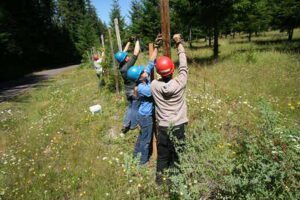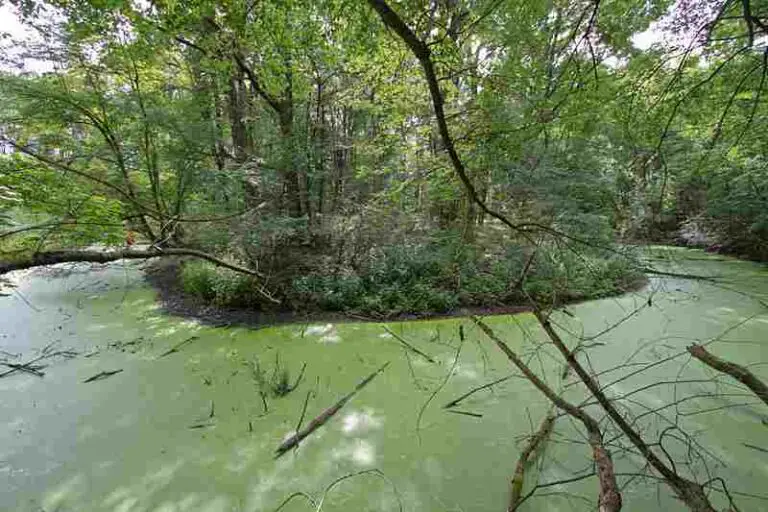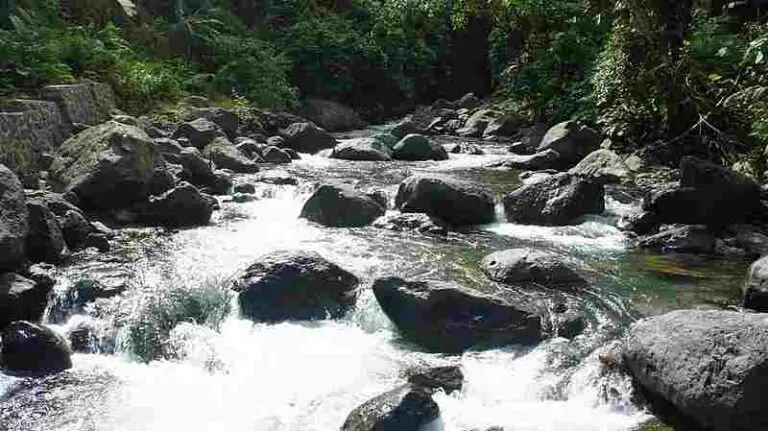Silviculture Definition, Comparison, Importance and Uses
Silviculture is the practice and process of managing the growth patterns, species, health and productivity of forests. This article discusses silviculture definition, comparison, importance and uses, as outlined below;
-Silviculture Definition: 5 Ways to Define Silviculture
-Silviculture and Agroforestry: A Comparison
Silviculture Definition: 5 Ways to Define Silviculture
Silviculture is a branch of forestry that is concerned with the cultivation and management of woody perennial vegetation.
As a branch of forestry, silviculture is applicable both within the context of natural forest ecosystems, and as a system of artificial forest management.
The silviculture definition below portrays the concept as a technique of environmental remediation and ecosystem protection;
Silviculture is a vegetative method of ecosystem protection, similar to afforestation and reforestation, that uses regulated tree-growth to increase ecologic resilience, and to mitigate erosion, resource depletion and climate change.
In the definition above, the basic approach behind silviculture is described as ‘regulated tree-growth’.
Aside mitigation, silviculture can also increase adaptation capacity of forests to climate change among other environment problems, so that biotic and abiotic components of such forests are able to thrive in spite of these problems [2].
Below is an alternative silviculture definition which further elaborates on the approach used in this system of forestry;
Silviculture is the practice and process of controlling or regulating the attributes of forests in terms of their structure, species composition, biodiversity, and rate of growth [1].

Next, practices of silviculture are used as the basis of the silviculture definition;
Silviculture is a dynamic system of forest management whereby the attributes of vegetation in forested land, are carefully controlled to meet certain specifications; and which includes practices like shelter-belt cultivation, canopy modification, weed-control, tree-planting, thinning and tree-harvesting, among others.
Lastly, the silviculture definition is made to include some examples of silviculture, as follows;
Silviculture is a system of forestry that is exemplified by natural regeneration, seedling-based artificial fertilization, abandoned farmland forestation, and pastoral landscape management; all with the aim of cultivating and regulating the growth of trees and shrubs.
Silviculture and Agroforestry: A Comparison
Silviculture and agroforestry differ based on their context, focus, outcome, and basis.
The main difference between silviculture and agroforestry lies in the fact that silviculture is more concerned with managing forest vegetation with or without the presence of agricultural crops, while agroforestry is concerned with the integration of agricultural crops with forest vegetation.
Silviculture aims to optimize the productivity and sustainability of forests without necessarily involving agricultural crops.
On the other hand, agroforestry aims to optimize the performance and health of agricultural crops by growing them under conditions that mimic or replicate the biodiversity and resilience of natural forests.
This can be summarized to state that the end-goal of agroforestry is crop-production; while the end-goal of silviculture is forest optimization.
Silviculture is a system of forestry, and is different from its closely-related concept; agri silviculture, which falls under pastoral farming practice.
Agroforestry itself is a system of agriculture that is based entirely on sustainable farming principles.
Silviculture can depend on natural regeneration for the growth of woody perennial species, while in agroforestry, vegetation growth is mostly human-influenced.
As a result, the outcome of silviculture is highly identical or even equivalent to natural forest ecosystems, and shares close similarity to other natural ecosystems like tundras and grasslands, in terms of the trend of geochemical cycles and the structure of energy pyramids.
The outcome of agroforestry on the other hand; is less-similar to natural forests and more like an artificial integrated ecosystem with some typical forest attributes.
Silviculture also differs from forestry.
The difference between silviculture and forestry is based on scope; where forestry is a broader concept that encompasses all aspects and possible conditions of forest growth, including silvicultural conditions; while silviculture is a relatively-narrow concept that is restricted to human-specified forest management.
Below is a table that summarizes the comparison between silviculture and agroforestry;
|
Comparison Criteria |
Silviculture |
Agroforestry |
|
Main Context |
Forestry |
Agriculture |
|
Human Interference |
Low |
High |
|
Relative Resilience of Outcome |
High |
Moderate |
|
Aim |
Forest Management |
Biodynamic Crop Production |
|
Crop Integration Necessity |
No |
Yes |
Importance of Silviculture
The importance of silviculture lies in its usefulness for effectively managing forests, so that productivity, resilience and sustainability of these ecosystems can be established.
Below is a list of some areas of importance of silviculture;
1). Effective forest management
2). Increase in productivity and biodiversity of both natural and artificial forests
3). Socioeconomic improvement through environmental protection, resource conservation and job creation
4). Aids in tackling food insecurity and hunger through ecosystem optimization
5). Improvement of public health by reduction of air pollution and its effects
6). Increase in effectiveness of afforestation and reforestation projects
7). Climate change mitigation
Uses of Silviculture
Uses of silviculture are;
1). Landscape management
2). Hazard mitigation
3). Biodiversity preservation
4). Soil and water conservation
5). Forest management for tourist attraction and recreation
6). Plant specie-retention
7). Specified ecosystem alteration
Conclusion
Silviculture is a branch of forestry that involves the specified control of forest growth, biodiversity, productivity and sustainability, to meet human preferences.
Silviculture is different from agroforestry in terms of context, focus, outcome, and basis.
Importance of silviculture includes; effective forest management, increase in productivity and biodiversity, socioeconomic improvement, increased food supply, public health improvement, increase in effectiveness of afforestation and reforestation, and climate change mitigation.
Uses of silviculture are; landscape management, hazard mitigation, biodiversity preservation, water and soil conservation, forest management, plant-specie retention, and specified ecosystem alteration.
References
1). Cantiani, P.; Chiavetta, U.; Skudnik, M.; Becagli, C.; Bertini, G.; Ferretti, F.; Di Salvatore, U.; Fabbio, G. (2016). “Diversity of structure through silviculture.” Italian Journal of Agronomy 11(s1):15-18. Available at: https://www.researchgate.net/publication/303590282_Diversity_of_structure_through_silviculture. (Accessed 30 November 2022).
2). Nagel, L. M.; Palik, B.; D’Amato, A.; Guldin, J. M.; Swanston, C. W.; Janowiak, M.; Powers, M.; Joyce, L. A.; Millar, C. I.; Peterson, D. L.; Ganio, L. M.; Kirschbaum, C.; Roske, M. R. (2017). “Adaptive Silviculture for Climate Change: A National Experiment in Manager-Scientist Partnerships to Apply an Adaptation Framework.” Journal of Forestry -Washington– 115(3):167-178. Available at: https://doi.org/10.5849/jof.16-039. (Accessed 30 November 2022).



